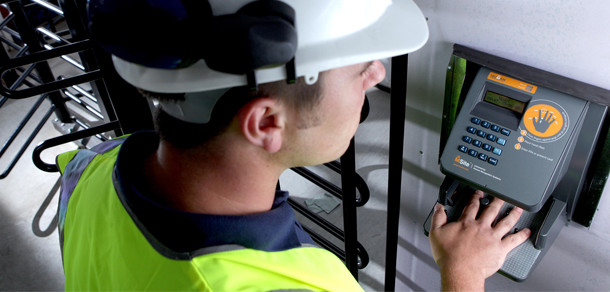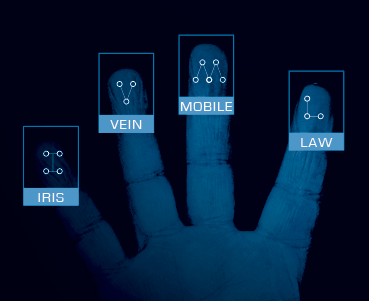Biometrics securing construction sites
Tech saves money, increases security
06 October, 2015
category: Biometrics, Corporate
As ground breaking loomed for the construction of the 2012 Summer Olympics venues in London, planners were tasked with finding a way to secure a job site that would admit 81,000 workers during a five-year build.
But securing a construction site, particularly one of that scale, means having to address a unique set of challenges. There are multiple access points and countless subcontractors with a work force that changes from one day to the next.
London Olympics planners found their answer in the form of an access control system powered by biometric hand readers, which are still in place today, to make sure only authorized workers enter the site.
Motivated by projects like the London Olympics, companies are tapping into a demand for biometrics and identity technologies to secure construction sites, specifically where there’s a need to track employee time and control access to sites. The demand is stronger in places like the United Kingdom, where strict laws govern construction site access. But inroads are also being made in the U.S. as companies that manage with multiple, remote work forces struggle to avoid wage fraud, theft and other problems.
“If you’ve got a large site with multiple access points and you can’t have somebody overseeing everything, you want to make sure you only have the right crew and the right people on site when they’re needed,” says Susie Osowski, biometrics product manager for Allegion, a global provider of security products that deployed its Schlage biometric hand readers for the Olympic Park construction site in London.
Time management and access control systems need to be tailored to the construction industry, since job sites tend to be located in harsh environments where traditional systems might not hold up to the unique demands.
Entry points are often transitional unlike a normal building’s doors and entrances. Sites are typically outdoors, which can create lighting problems for biometric imaging and recognition software. Workers who clock in and out often enter the checkpoint with dirty hands, wearing gloves and carrying heavy equipment.
“Buddy punching – one worker clocking in for a friend who might be running late or is absent – is a common problem. This presents an even bigger challenge when you consider that companies simultaneously manage multiple job sites at any given time.
To address these challenges, companies are deploying a range of access and biometric technologies, including facial recognition software, hand scans and fingerprint sensors. And of course, companies also rely on the tried and true ID card to control site access.
Biometrics at the Olympics
The use of biometrics at Olympic construction sites dates back to the 1984 games. The first large scale test, however, occurred at the 1996 games, as hand geometry readers tracked 65,000 people and more than 1 million transactions in 28 days. This was also the first wide-scale deployment of ID cards linked to hand geometry readers through radio frequencies, according to Allegion.
With a card-only system, security guards would verify each employee against the ID card, and then manually enter each person’s information into the register. But the system was labor-intensive, and the use of smart cards often allowed workers to clock in and out for each other.
With a multi-site environment such as an Olympic venue, there is a much greater risk of security breach, buddy punching and incorrect payments to contractors.
London, like other games before it, selected biometric hand geometry templates. Workers clocking in and out with dirty hands or gloves ruled out fingerprint readers as an option, and with many of the construction sites outdoors, background lighting would get in the way of facial recognition software.
Hand geometry readers verify an individual’s identity using just the shape and size of that person’s hand. It does not rely on fingerprints or palm prints, which can be more difficult to capture in harsh environments.
“I can literally dip my hand in black paint, put it in that device, and it’s going to verify my identity because it’s not looking at that other information,” Osowski says. “It’s purely taking the geometric measurement of my hand.”
Human Recognition Systems of Liverpool provided the Biometrics Information Management system, which uses Schlage HandPunch readers along with smart cards.
The access control system has been in place since the early stage of construction at Olympic Park. Workers also used the system during the transformation of the site after the event and then again for an upgrade of the site, which started this year and will continue into 2016.




